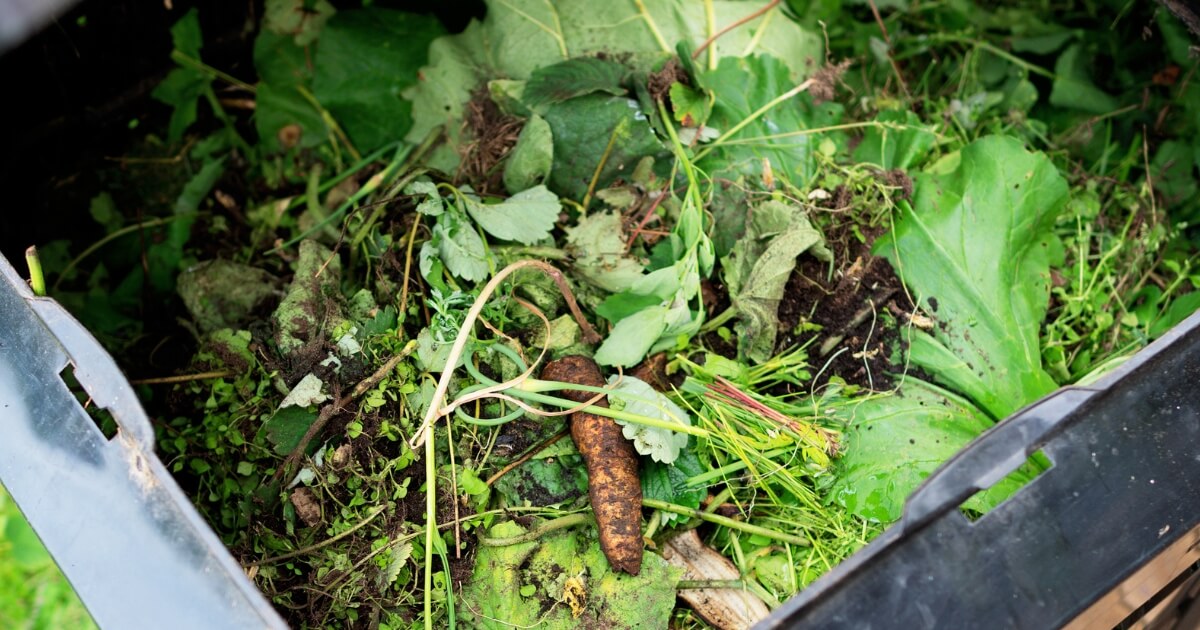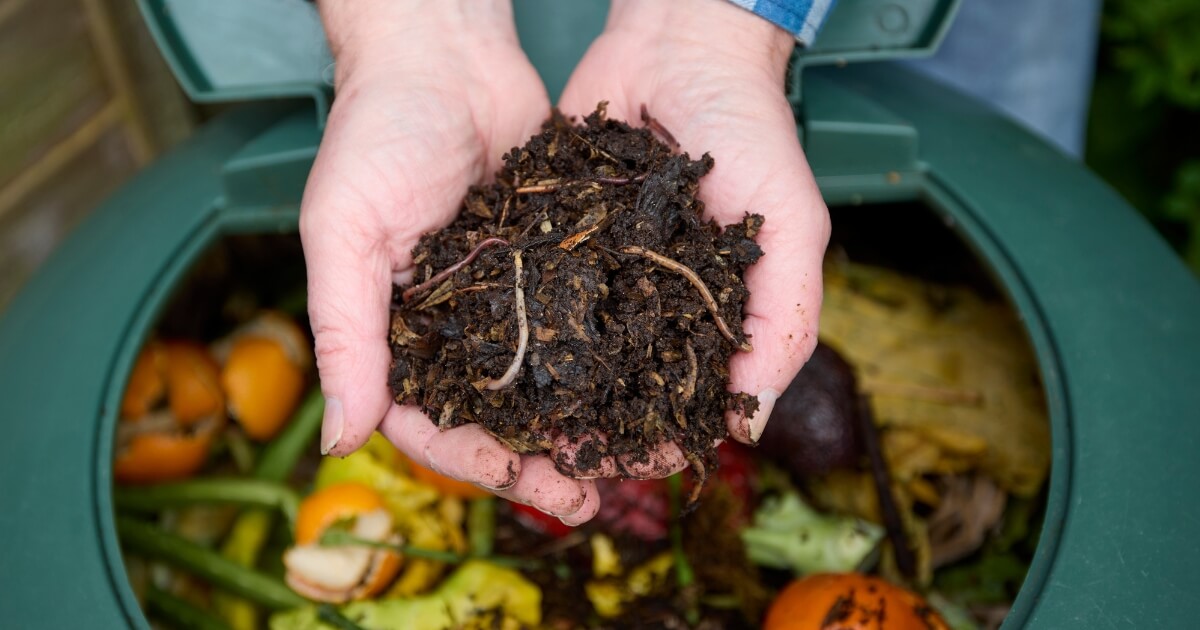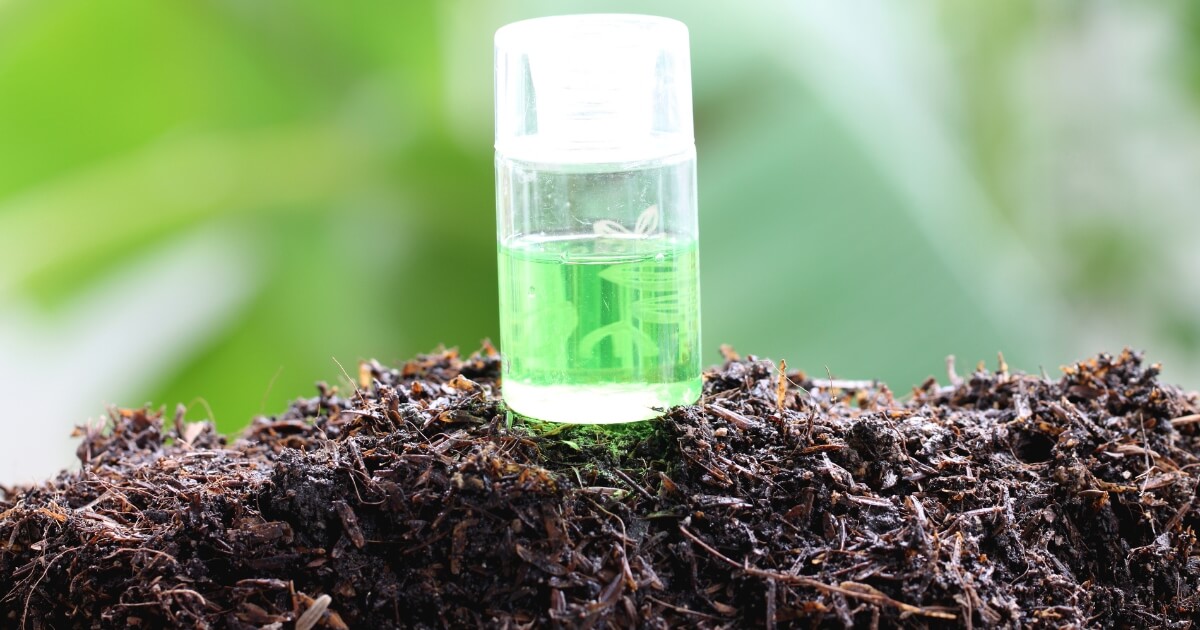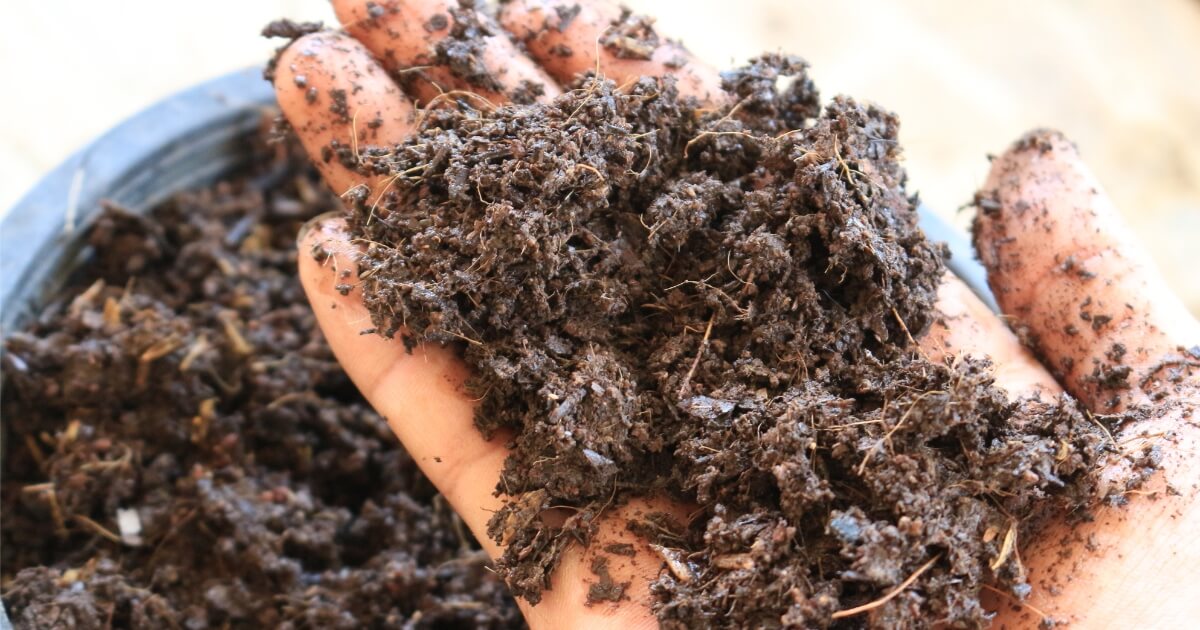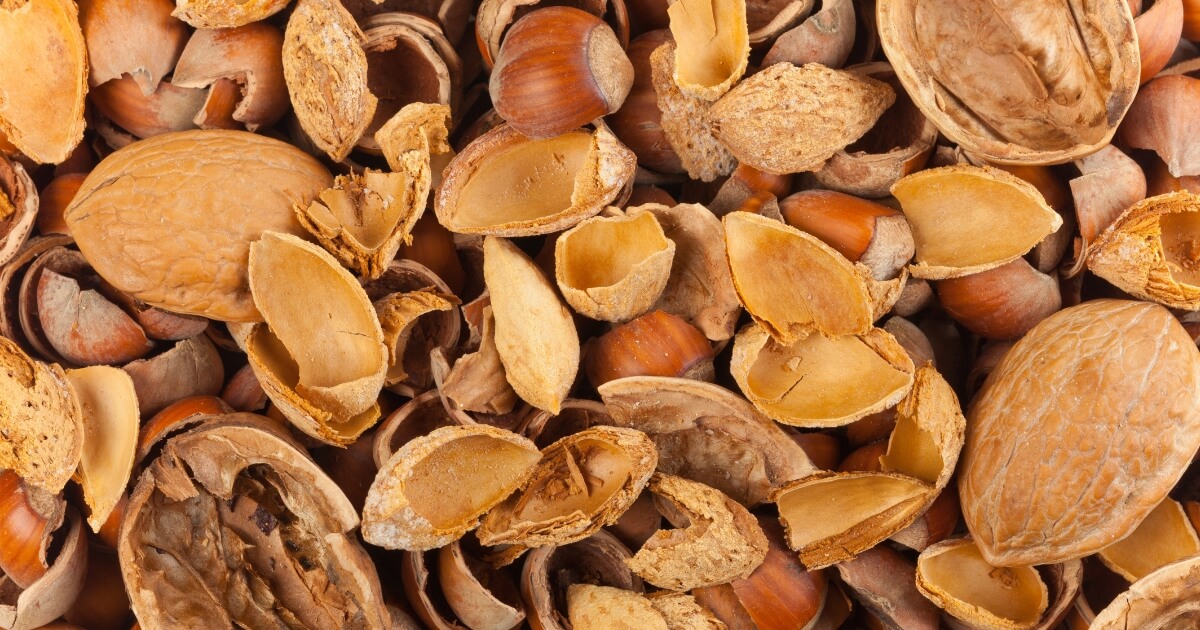Composting wax paper isn’t as straightforward as a simple yes or no. It largely depends on what your wax paper is coated with.
Here’s how they stack up:
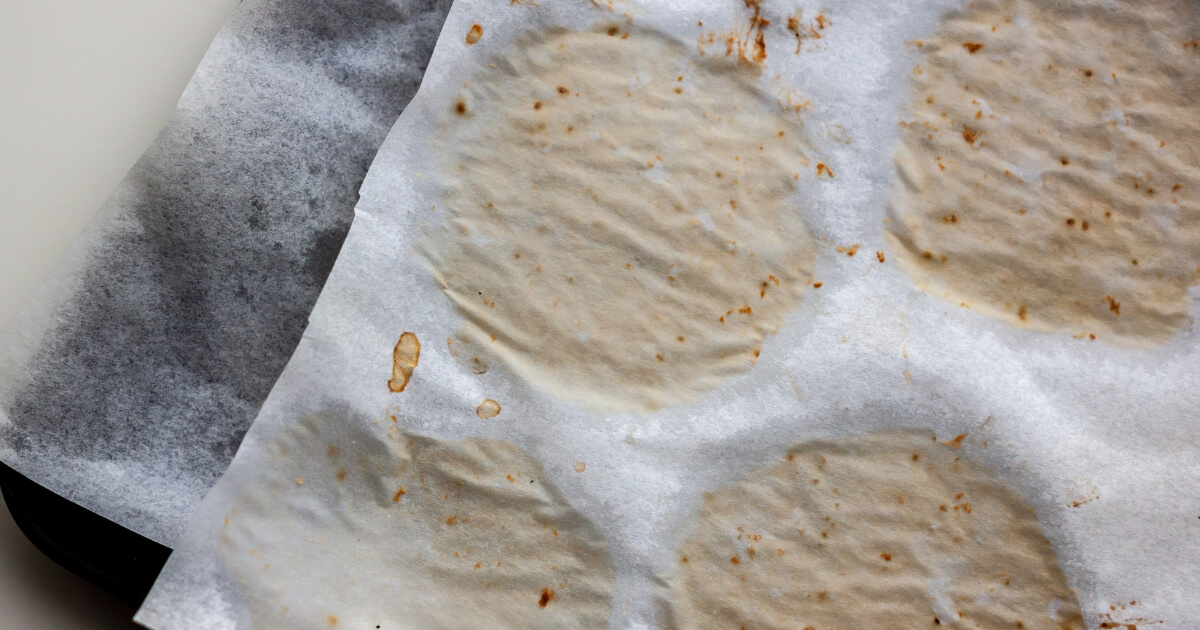
- Petroleum-Based Wax Paper: Not so great for composting. It’s slow to degrade and not good for beneficial microorganisms working hard in your compost.
- Vegetable-Oil-Based Wax Paper: Much better! It breaks down at a pace similar to other organic materials like leaves or unbleached paper.
Vegetable-Oil-Based Wax Paper
This type is your compost’s friend, which is often coated with natural waxes like soybean or beeswax. Renewable resources and friendly to the environment, check! I’ve noticed these papers have a slightly softer feel and work just as well as petroleum-based papers for most tasks.
- Safety: They’re safe for composting because they don’t leach harmful chemicals into the soil.
- Breakdown Time: Given the right conditions, they’ll decompose within a few weeks to a few months, joining forces with other organic matter to enrich your garden.
Petroleum-Based Wax Paper
Here’s where things get sticky. Petroleum-based wax paper is coated with paraffin wax from non-renewable fossil fuels. While it might give your cookies a non-stick ride in the oven, it’s not doing any favors for your compost pile.
- Safety: Not ideal for composting due to potential chemical residues that can be left behind in the soil.
- Breakdown Time: It takes its sweet time breaking down and may never fully integrate into your compost.
I steer clear of buying petroleum-based wax papers to make my composting routine much simpler. I know that what I add will safely return to the ground without any unwanted side effects.
How To Compost Wax Paper
Composting wax paper doesn’t have to be complicated. Here’s a straightforward approach to make sure you’re doing it right:
- Identify the Type: Confirm what type of wax paper you have.
- Prep Your Pieces: Some paper shredders will work here, but it might make a mess out of it that’s hard to clean. So, just tear them up into small pieces.
- Start with a Layer: Place a layer of brown compost material like dry leaves or straw at the bottom of your compost bin.
- Add Your Wax Paper: Sprinkle your shredded wax paper over the brown layer.
- Mix in Greens: Add green compost materials like vegetable scraps or grass clippings on top of the wax paper.
- Turn and Mix: Use a compost turner or a shovel to mix all the materials, aerating your pile.
- Monitor Progress: Check periodically to see how well the wax paper decomposes, adjusting how much more you add based on its breakdown rate.
- Balance Your Bin: Keep an eye on the overall balance of your compost, adding more greens or browns as needed to maintain a healthy mix.
Challenges in Composting Wax Paper
Composting wax paper isn’t without its hiccups. One of the main challenges is the slow decomposition rate, especially if you’re dealing with petroleum-based wax paper. But even the vegetable-oil-based variety can take longer to break down than other compostable items.
Here’s how I tackle these challenges:
Slow Decomposition
Wax paper can be stubborn in a compost pile, particularly when coated with paraffin. It might sit there looking pretty much the same way it did weeks ago while banana peels and apple cores have long said goodbye.
Solutions:
- Shred It: As I mentioned before, tearing your wax paper into smaller pieces is like giving it a fast pass through the composting process.
- Hot Composting: Consider a hot compost pile if you’re serious about composting. This method accelerates decomposition by maintaining higher temperatures through frequent turning and proper balance of materials.
- Patience Is Key: Sometimes, you only need a bit more patience. Some items just take longer to break down, and that’s okay.
Balancing Act
Too much wax paper can throw off the carbon-to-nitrogen ratio in your compost bin. This ratio is important for microorganism activity and the overall health of your compost.
Solutions:
- Mix Materials: Ensure you’re adding a variety of ‘greens’ (nitrogen-rich materials) and ‘browns’ (carbon-rich materials) to keep things balanced.
- Layer Wisely: Layer your wax paper with food scraps and yard waste to help integrate it more seamlessly into the pile.
Wax Residue
There’s always a concern about waxy residues clumping together or coating other materials in your compost pile, which can inhibit airflow and moisture.
Solutions:
- Aerate Regularly: Turning your pile frequently helps distribute any waxy residues throughout your compost, preventing them from causing issues.
- Add Browns: Incorporating more brown materials like dry leaves or cardboard can “absorb” excess wax and help maintain good airflow.
FAQs
Can Wax Paper With Food Residue Be Composted?
Yes, but make sure the food residue is also compostable and that there isn’t excessive oil or grease, which can attract pests to your compost pile.
Does Wax Paper Decompose In A Worm Bin?
It’s best avoided, and your worms may not eat the wax paper directly. However, as it breaks down microbially, they will consume the bacteria and fungi on the decomposing material.
Is It Possible To Tell If Wax Paper Is Petroleum-Based Or Vegetable-Oil-Based By Looking At It?
No. The best way is to check the packaging for information or contact the manufacturer for confirmation.
Can Colored Or Printed Wax Paper Be Composted?
Colored or printed wax paper should generally be avoided in composting due to potentially harmful dyes and inks that could contaminate your soil.
Are There Any Certifications To Look For When Buying Compostable Wax Paper?
Look for certifications like Biodegradable Products Institute (BPI) certification or similar credentials that indicate the product meets specific standards for compostability.
